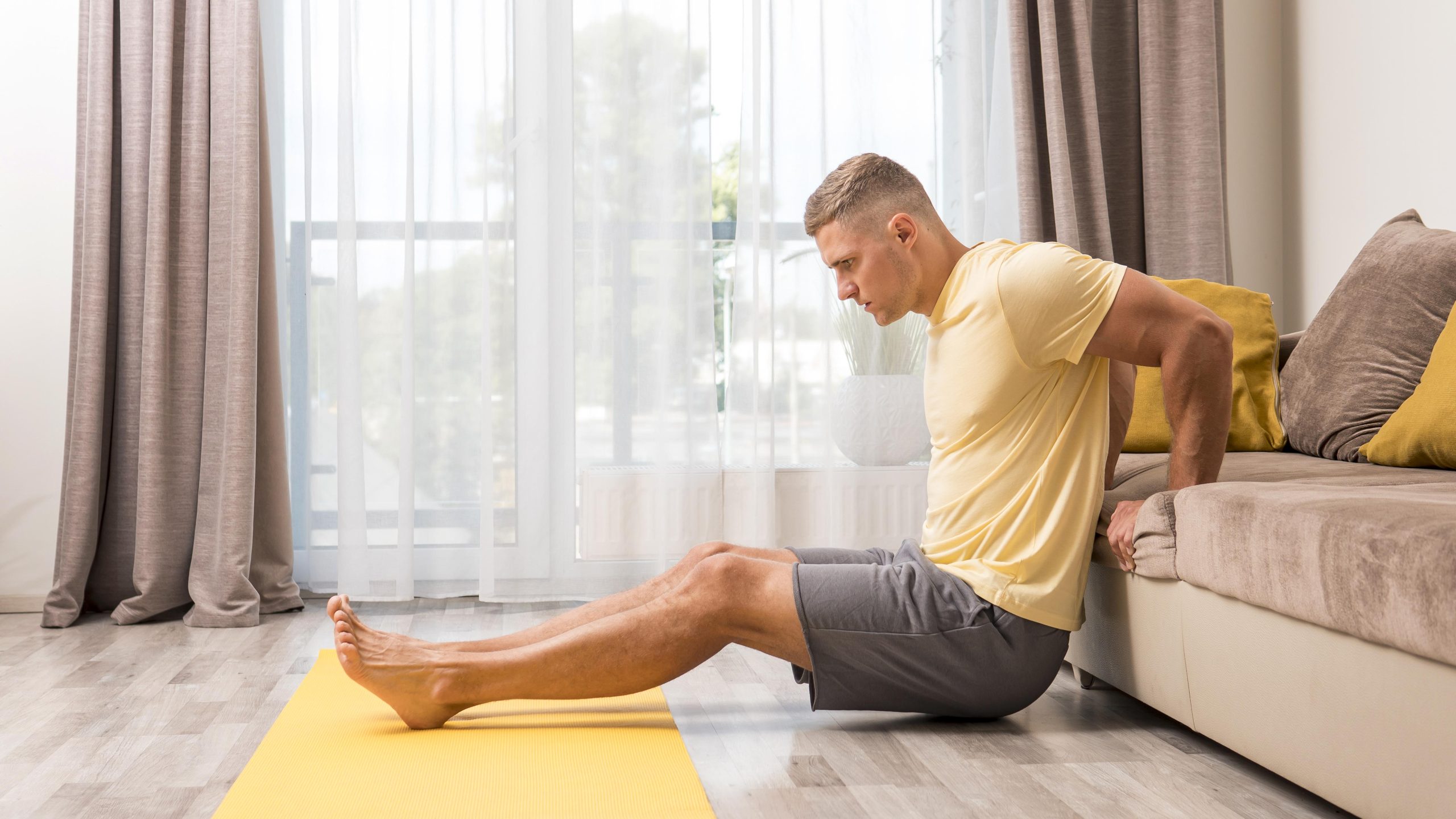Sciatica pain, which occurs due to irritation or compression of the sciatic nerve, can cause discomfort that radiates from the lower back down through the hips and legs. While professional treatment is often necessary for severe cases, performing specific exercises at home can help alleviate symptoms and improve mobility. For those in Warren, MI, and nearby cities like Sterling Heights, Troy, Detroit, and Madison Heights, this guide offers a series of effective exercises to relieve sciatica pain and support your journey toward recovery.
Understanding Sciatica Pain
The sciatic nerve, the longest nerve in the body, runs from the lower back through the hips and down each leg. When this nerve becomes compressed or irritated—often due to a herniated disc, spinal stenosis, or muscle tension—sciatica pain can occur. Symptoms include:
- Sharp or shooting pain in the lower back or leg.
- Tingling or numbness.
- Muscle weakness.
- Pain that worsens with prolonged sitting.
Incorporating exercises into your daily routine can help reduce inflammation, improve flexibility, and relieve pressure on the sciatic nerve.
Top Exercises to Relieve Sciatica Pain
1. Child’s Pose
This yoga stretch gently elongates the lower back and relieves tension in the hips.
Steps:
- Kneel on the floor and sit back on your heels.
- Extend your arms forward, lowering your torso toward the ground.
- Hold the stretch for 20–30 seconds, breathing deeply.
- Repeat 2–3 times.
This stretch is particularly helpful for individuals in Detroit and Madison Heights who spend long hours sitting at desks.
2. Piriformis Stretch
The piriformis muscle, located in the buttock region, can sometimes irritate the sciatic nerve. Stretching this muscle helps relieve tension.
Steps:
- Lie on your back with both knees bent.
- Cross one ankle over the opposite knee, forming a figure-four shape.
- Gently pull the bottom leg toward your chest until you feel a stretch in the buttock.
- Hold for 20–30 seconds, then switch sides.
Residents in Sterling Heights or Troy dealing with hip tension will find this stretch particularly effective.
3. Cat-Cow Stretch
This dynamic movement improves spinal flexibility and reduces stiffness in the lower back.
Steps:
- Start on your hands and knees in a tabletop position.
- Inhale as you arch your back, lifting your head and tailbone (Cow Pose).
- Exhale as you round your back, tucking your chin and pelvis (Cat Pose).
- Repeat for 8–10 breaths.
This exercise is a great option for people in Roseville or Southfield experiencing morning stiffness.
4. Knee-to-Chest Stretch
This simple stretch helps reduce pressure on the sciatic nerve by lengthening the lower back.
Steps:
- Lie on your back with your legs extended.
- Bring one knee toward your chest, keeping the other leg straight.
- Hold the stretch for 20–30 seconds, then switch legs.
- Repeat 2–3 times per leg.
For those in Mount Clemens or Royal Oak who feel tightness in the lower back, this stretch can provide relief.
5. Seated Spinal Twist
Twisting exercises help improve spinal mobility and alleviate sciatic nerve pain.
Steps:
- Sit on the floor with your legs extended.
- Cross one leg over the other, placing your foot flat on the floor.
- Place the opposite elbow on the outside of the bent knee and gently twist toward the bent leg.
- Hold for 20–30 seconds, then switch sides.
This is particularly effective for individuals in Clinton Township or Warren experiencing lower back discomfort.
6. Standing Hamstring Stretch
Tight hamstrings can exacerbate sciatica pain. This stretch loosens the muscles and reduces tension.
Steps:
- Stand with one foot resting on a low surface, like a chair or step.
- Keep your leg straight and lean forward slightly until you feel a stretch in the back of your thigh.
- Hold for 20–30 seconds, then switch legs.
For people in Detroit or Madison Heights who experience leg pain, this stretch can help.
7. Glute Bridge
Strengthening the glutes and lower back muscles supports the spine and relieves nerve pressure.
Steps:
- Lie on your back with your knees bent and feet flat on the floor.
- Press through your heels to lift your hips toward the ceiling.
- Hold for 5 seconds, then lower back down.
- Repeat 10–15 times.
Residents in Sterling Heights or Troy can incorporate this into their daily exercise routine for long-term benefits.
Additional Tips for Managing Sciatica Pain at Home
- Stay Active: Avoid prolonged sitting or bed rest, as inactivity can worsen symptoms.
- Use Heat and Ice Therapy: Alternate between heat to relax muscles and ice to reduce inflammation.
- Practice Good Posture: Sit and stand with your spine aligned to prevent further irritation.
- Consult a Professional: While these exercises are beneficial, severe or persistent pain requires professional evaluation.
Why Choose Spinal Recovery Center for Sciatica Pain?
Located in Warren, MI, the Spinal Recovery Center offers comprehensive care for sciatica pain and other spinal conditions. Our team of chiropractors, physical therapists, and massage therapists work together to create personalized treatment plans.
Our Services Include:
- Chiropractic adjustments to relieve nerve pressure.
- Physical therapy to strengthen supporting muscles.
- Massage therapy to reduce muscle tension and improve flexibility.
Contact Us Today
If you’re struggling with sciatica pain, let the Spinal Recovery Center help. Contact us to schedule an appointment and start your journey to relief.
- Address: 2243 East 12 Mile RoadWarren, Michigan 48092
- Phone: (586) 573-8100
- Website: www.spinalrecoverycenter.com




